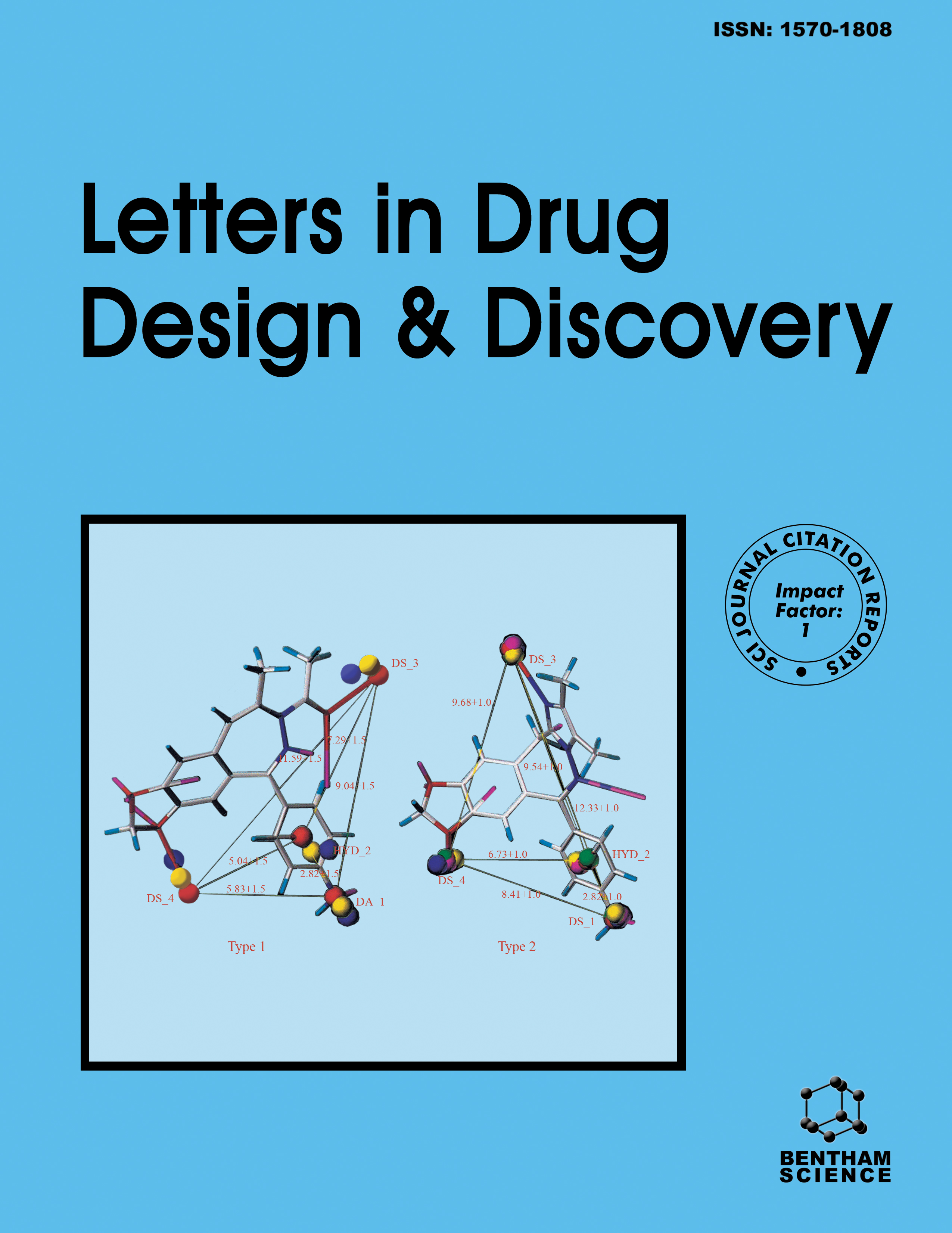
Full text loading...
We use cookies to track usage and preferences.I Understand
Parkinson's disease (PD) is an age-related progressive neurodegenerative condition characterized by dopaminergic neuronal loss in the brain's substantia nigra pars compacta (SNpc). Growing evidence suggests that apoptosis, neuroinflammation, mitochondrial dysfunction, and oxidative stress are important factors in the pathogenesis of Parkinson's disease. Isoquercetin is a natural flavanol compound possessing anti-apoptotic, anti-inflammatory, anti-oxidant, and neuroprotective activities. Isoquercetin also has the capability to modulate various signaling pathways such as Rho signaling cascade, Nrf-2, TLR4, NF-κB, MAPK, Bcl-2, Bax proteins, which are well-known causes for the progression of the disease. These pathways are involved in cellular homeostasis, transcription of proinflammatory cytokines, oxidative stress, microglial activation, and regulation of the apoptotic pathways. In this review, we have highlighted the mechanisms of the above-mentioned pathways and their modulation via the flavonoid compound isoquercetin in various ways.

Article metrics loading...

Full text loading...
References


Data & Media loading...

